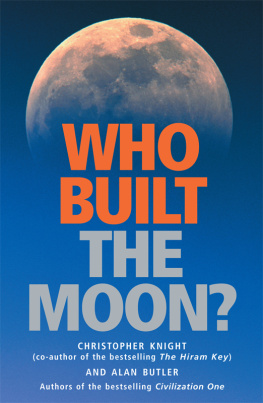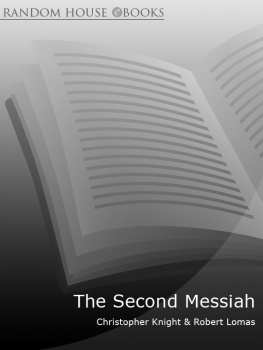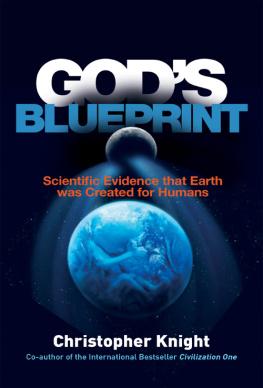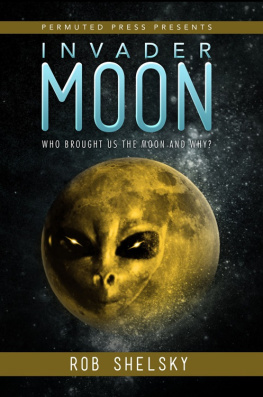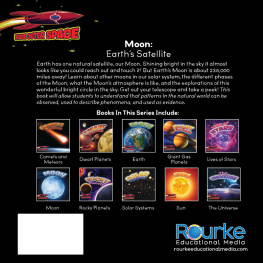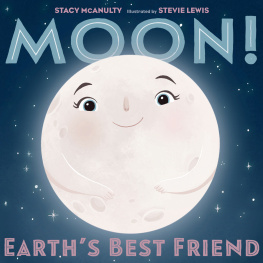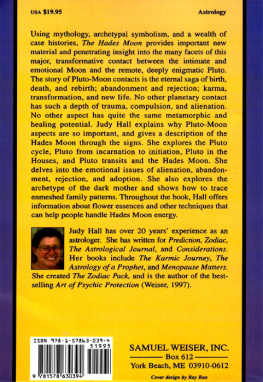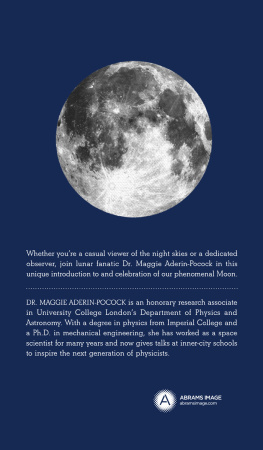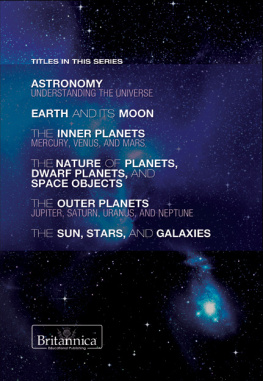His writing career began almost by accident after he had invested seven years conducting research into the origins of Freemasonic rituals and he has written four books to date, co-authored with Robert Lomas. His first book, The Hiram Key, was published in 1996 and it immediately went into the UK top ten bestseller list and remained in the chart for eight consecutive weeks. It has since been translated into thirty-seven languages and sold over a million copies worldwide, becoming a bestseller in several countries. He now divides his time between marketing consultancy and historical research for writing books.
By the same authors
Previous books by Christopher Knight
(co-authored with Robert Lomas)
The Hiram Key
The Second Messiah
Uriels Machine
The Book of Hiram
Previous books by Alan Butler
The Bronze Age Computer Disc
The Warriors and the Bankers
The Templar Continuum
The Goddess, the Grail and the Lodge
By Christopher Knight and Alan Butler
Civilization One
WHO
BUILT
THE MOON?
Alan Butler and Christopher Knight
Contents
The publisher would like to thank the following people, museums, and photographic libraries for permission to reproduce their material. Every care has been taken to trace copyright holders. However, if we have omitted anyone we apologize and will, if informed, make corrections to any future edition.
Figure 4 Drawing of Calendar Stone Courtesy of Philip Stooke, University of Western Ontario
List of plates
Plate 1 The Earth Courtesy of NASA
Plate 2 The Moon Courtesy of NASA
Plate 3 The Sun Courtesy of NASA
Plate 4 The Lascaux Caves
Plate 5 The Lascaux Caves reconstruction Hans Hinz
Plate 6 The Abri Blanchard Bone Muse des Antiquites Nationales, Saint-Germain-en-Laix/ Photo RMN/Martine Beck-Coppola
Plate 7 The Willendorf Venus Naturalhistorisches Museum, Vienna/The Bridgeman Art Library
Plate 8 Moon craters Courtesy of NASA
Plate 9 Drawing of Knowth Moon surface Courtesy of Dr Philip Stooke, University of Western Ontario
Plate 10 Volcano Courtesy of NASA
Plate 11 Mountains Photodisc
Plate 12 Newgrange Kate Butler
Plate 13 Ring of Brodgar Sue Anderson
Plates 1417: Earthrise; Footprint on the Moon; Apollo 17 Insignia; Lunar Module Courtesy of NASA
Plate 18 Lightning strike Photodisc
Dedication
For my Mother, my brother Peter and in loving memory of my Father. CK.
For my good friends Henry and Michelle. AB.
Acknowledgments
Kate Butler, for her usual invaluable assistance with proofs and index.
Penny Stopa and the editorial team.
Fiona-Spencer Thomas, who was wonderful as always.
Hilary Newbigen, for her customary apposite comments and advice.
Michael Mann, who continues to encourage, advise, and assist.
Introduction
For most people the suggestion that the Moon could be artificial is about as sensible as saying that it is made of green cheese. This is a perfectly reasonable response based on everything that we know about the world we live in, where there are just two kinds of objects: those that are here because the random forces of the Universe that we call nature caused them to exist; or because they were manufactured by human hand.
However super-rational our scientific community considers itself to be, there are still huge numbers of people who believe things that are not proven by empiric means. In a recent poll it was found that no less than ninety-two per cent of Americans say they believe in God1 and other surveys indicate that many millions of people are equally convinced that aliens have visited our planet.
God may well exist, and so too might aliens for all we know, but this book will only concern itself with hard, scientific facts. And, unlike so many of those trapped in the politically correct world of academia, our published findings will not be constrained by the demands of current convention. The information we put forward here is clear, testable and, we believe, irrefutable.
Despite the fact that the Moon is almost certainly 4.6 billion years old, we will demonstrate beyond all reasonable doubt that Earths Moon cannot be a natural object. And then we shall explain in detail how the agency that manufactured the Moon left a series of detailed messages of what had been done and for whom it had been undertaken.
So, here is our challenge. Put aside your natural incredulity and read this book with an open mind, check out the evidence then ask yourself Who built the Moon?
We have cited three possibilities but maybe you can think of more. However, the last of our suggestions appears to us to be increasingly likely. It is a worrying, staggering, exciting and completely awesome concept. And, if there is even an outside chance that this could be the answer, the world has a major new challenge ahead of it.
Chapter One
The Dawn of Awareness
The entire population appeared to have simultaneously decided to evacuate every building, and the streets and car parks were quickly filling with people standing almost shoulder-to-shoulder. Traffic began to grind to a halt as drivers leaned out of their windows, and even the birds abandoned the sky to assemble in rows along guttering and telephone wires, chattering like some misplaced dawn chorus.
The large grey clouds obligingly parted to reveal a muted late- morning Sun that had a small bite out of its right-hand edge. As the dark spot grew, the birds fell silent and a sea of expectant faces became transfixed upwards. Three welders from a nearby garage became instantly popular as they passed around their dark-lensed masks, allowing the smiling onlookers a direct view of the diminishing solar disc.
Then it happened; the moment of totality arrived. The Sun disappeared for several seconds, allowing the darkness of night to wholly consume the day. Then slowly a bright sparkle materialized that soon looked like a diamond set on the band of some heavenly ring.
The last total solar eclipse of the twentieth century had just occurred on the morning of August 11th 1999. It had begun when the Moon passed between the Earth and Sun, throwing an umbral shadow, forty-nine kilometres wide, on the North Atlantic just south of Nova Scotia. The inky black circle then swept across the ocean surface until it passed over the Isles of Scilly, off the south-west coast of England, some forty minutes later. Here the path width had expanded to 103 kilometres and was now covering the ground at a speed approaching 1,000 metres per second. The circular shadow then curved its way over Europe and on to the Middle East before crossing India and finally disappearing over the Bay of Bengal.

